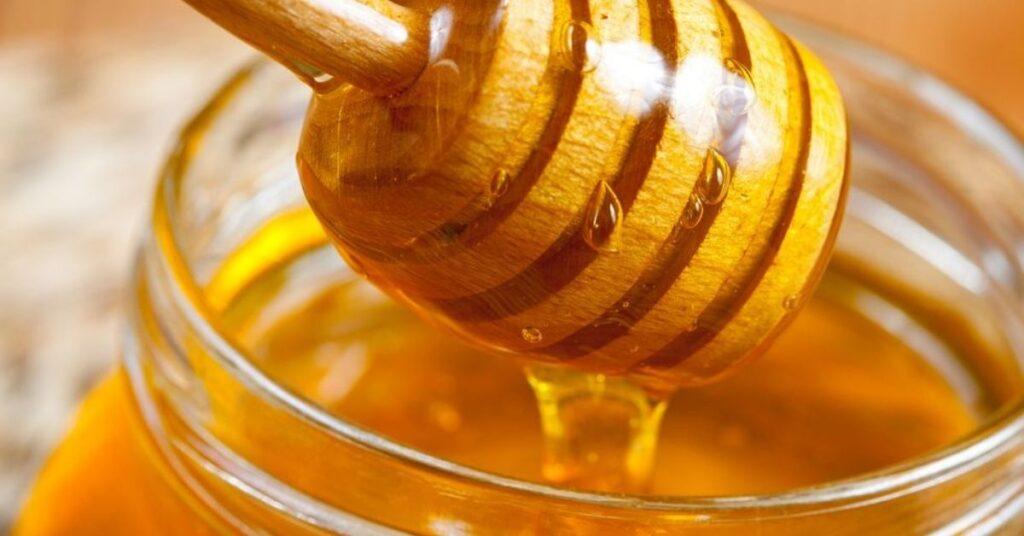
You’ve probably heard about how honey has an eternal shelf life and never expires. Thanks to its chemical composition, this is (almost always) true.
Honey has three things going for it that stop it from going bad over time. For starters, honey is a sugar, which means it’s hygroscopic. Basically, it only retains a tiny amount of water (less than 20%).
Additionally, honey has a high average pH, about 3.9. (A pH of 0 indicates high acidity, while a pH close to 7 indicates neutrality. For comparison, lemon juice has an average pH of 2.3, while Florida oranges have an average pH of around 4.) This is largely because of the acids produced by bees’ enzymes (specifically, glucose oxidase) as they break down the collected nectar in their honey stomachs (which are different from their normal stomachs).
Last but not the least, the aforementioned bee enzymes produce hydrogen peroxide, which can stop anything that tries to grow in the honey dead in its tracks. In fact, some folks use honey on wounds because of its natural antibacterial properties.
Those three factors make honey a low-moisture, high-acidity environment, preventing decomposing agents such as fungi and bacteria from surviving in it.
Hold on, honey…
However, if the honey is stored in a container that’s not airtight and left in a humid environment (or exposed to water), its hygroscopic property will make it absorb moisture, increasing the possibility that it will spoil. Also, spores of the Clostridium botulinum bacterium can contaminate it, making it dangerous for infants under the age of one.
Still, as long as you seal it well and store it in a dry place, you can confidently make a sticky snack for your great-great-great-great-great-great-great-great-great-great-great-great-great grandkids (or some intrepid archaeologist from the year 3000 with a sense of adventure inversely proportional to their sense of self-preservation) to enjoy. Pretty sweet, isn’t it?
Still remember your 5th-grade science classes? Test your knowledge and see if you still remember these facts and fundamental concepts in human anatomy, biology, botany, and other branches of science. Click here to try the “Are You Smarter Than A Pinoy Fifth-Grader” Challenge.
Follow the hashtag #FlipFacts on Facebook and Instagram to get your regular dose of science trivia!
References
- https://www.smithsonianmag.com/…/the-science-behind…/
- https://www.compoundchem.com/2014/08/21/chemistryofhoney/
- https://www.honeybeesuite.com/how-acid-is-honey/
- https://www.clemson.edu/…/documents/ph_of_common_foods.pdf
- https://www.healthline.com/nutrition/does-honey-go-bad
Author: Mikael Angelo Francisco
Bitten by the science writing bug, Mikael has years of writing and editorial experience under his belt. As the editor-in-chief of FlipScience, Mikael has sworn to help make science more fun and interesting for geeky readers and casual audiences alike.









